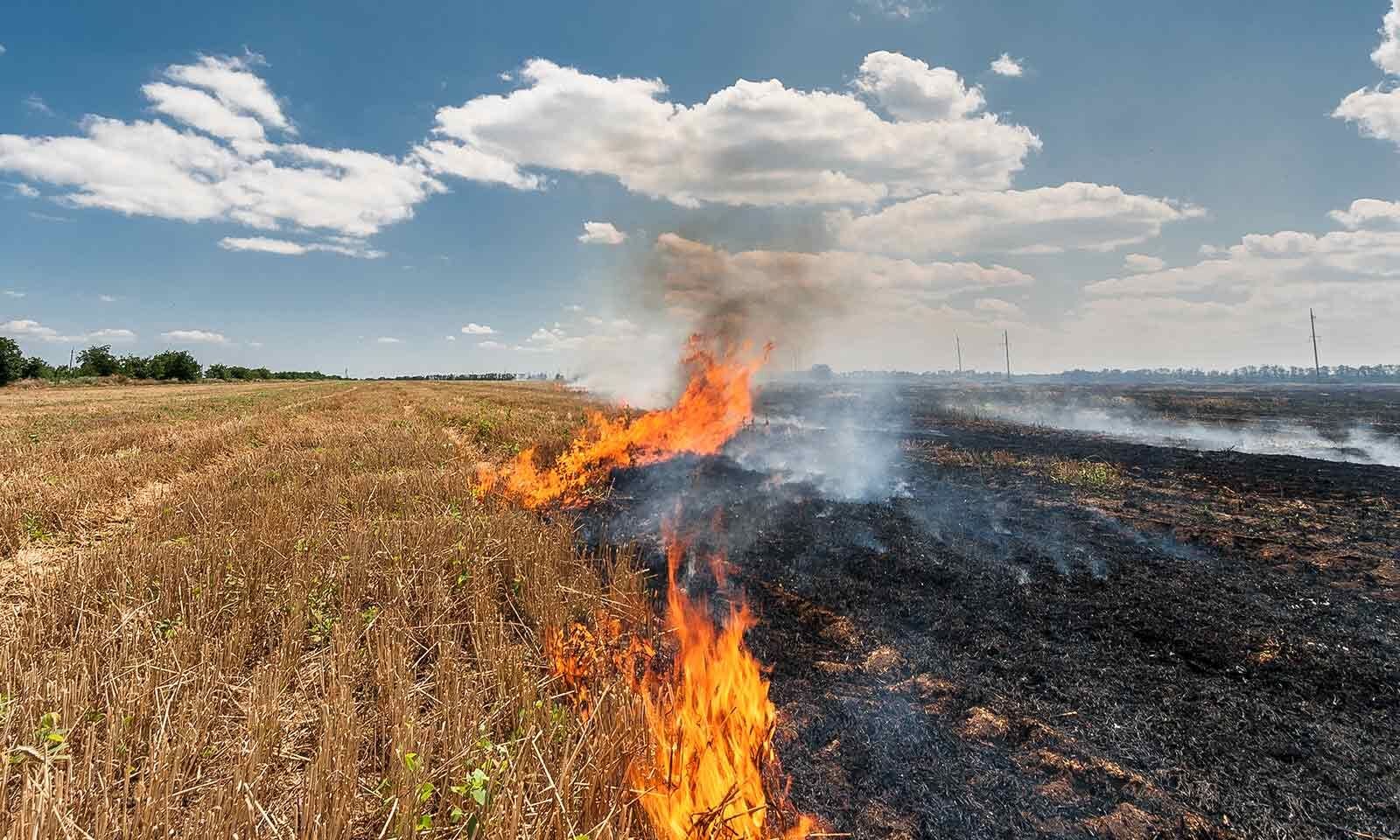1. Sarnath
Why in the News?
- A UNESCO team is set to visit Sarnath, as India has officially nominated it for the World Heritage List (2025–26 cycle).
- The Archaeological Survey of India (ASI) will soon install a corrected plaque at the site, crediting Babu Jagat Singh (1787–88), an erstwhile local ruler, instead of British officers, for first bringing its archaeological importance to light.
- Recent excavations, including by archaeologist R. Mani (2013–14), have revealed evidence of Buddhist activity at Sarnath prior to Ashoka’s time.
About the Place

- Sarnath, near Varanasi (Uttar Pradesh), is one of the four major Buddhist pilgrimage sites (others: Lumbini, Bodh Gaya, Kushinagar).
- It is the place where Gautama Buddha delivered his first sermon (“Dharmachakra Pravartana”) after attaining enlightenment at Bodh Gaya.
- The site houses extensive Buddhist ruins dating from the 3rd century BCE to the 11th century CE, including stupas, monasteries, and temples.
- The Dhamek Stupa and Dharmarajika Stupa are among the most prominent monuments at the site.
- The Ashoka Pillar at Sarnath, with the Lion Capital, is India’s national emblem and a symbol of Dharma Chakra (Wheel of Law).
- Apart from Buddhism, Sarnath also has connections with Jainism—it is believed that the 11th Tirthankara, Shreyansanatha, was born here.
- Archaeological work at the site began in the 18th century, and systematic excavations were later carried out by Alexander Cunningham, John Marshall, and others.
- Today, Sarnath is an important heritage and tourist site, attracting international visitors, especially from Buddhist-majority countries like Japan, Thailand, and Sri Lanka.
2. Himalayas
Why in the News?
- Uttarakhand and Himachal Pradesh have recently witnessed extreme rainfall, landslides, and flash floods, leading to heavy casualties and destruction.
- This year, northwestern India recorded 30–34% surplus rainfall, with some regions reporting unprecedented single-day precipitation.
- Climate change and shifting weather systems (western disturbances interacting with monsoons) are making the Himalayas more vulnerable to extreme weather events.
About the Place

- The Himalayas are the youngest and highest fold mountain range in the world, formed due to the collision of the Indian Plate and the Eurasian Plate about 50 million years ago.
- They stretch for 2,400 km across five countries — India, Nepal, Bhutan, China, and Pakistan.
- The range consists of three parallel divisions:
- Greater Himalayas (Himadri) – includes Mount Everest (8,849 m) and Kanchenjunga (8,586 m).
- Lesser Himalayas (Himachal) – hill stations like Shimla, Mussoorie, Dharamshala.
- Shiwalik Range – youngest, outermost hills.
- The Himalayas are the source of major perennial rivers — Ganga, Indus, Brahmaputra — fed by glaciers and snowmelt.
- They act as a climatic barrier, preventing cold Central Asian winds from entering India and intercepting monsoon winds, causing heavy rainfall.
- The region is ecologically fragile, prone to landslides, avalanches, flash floods, and earthquakes due to tectonic activity and heavy rainfall.
- Rich in biodiversity, with unique flora and fauna, and home to important national parks like Nanda Devi, Great Himalayan NP, and Valley of Flowers (UNESCO site).
- The Himalayas hold immense cultural and spiritual significance, housing sites like Amarnath, Kedarnath, Badrinath, Kailash Mansarovar, and Buddhist monasteries in Ladakh and Sikkim.





